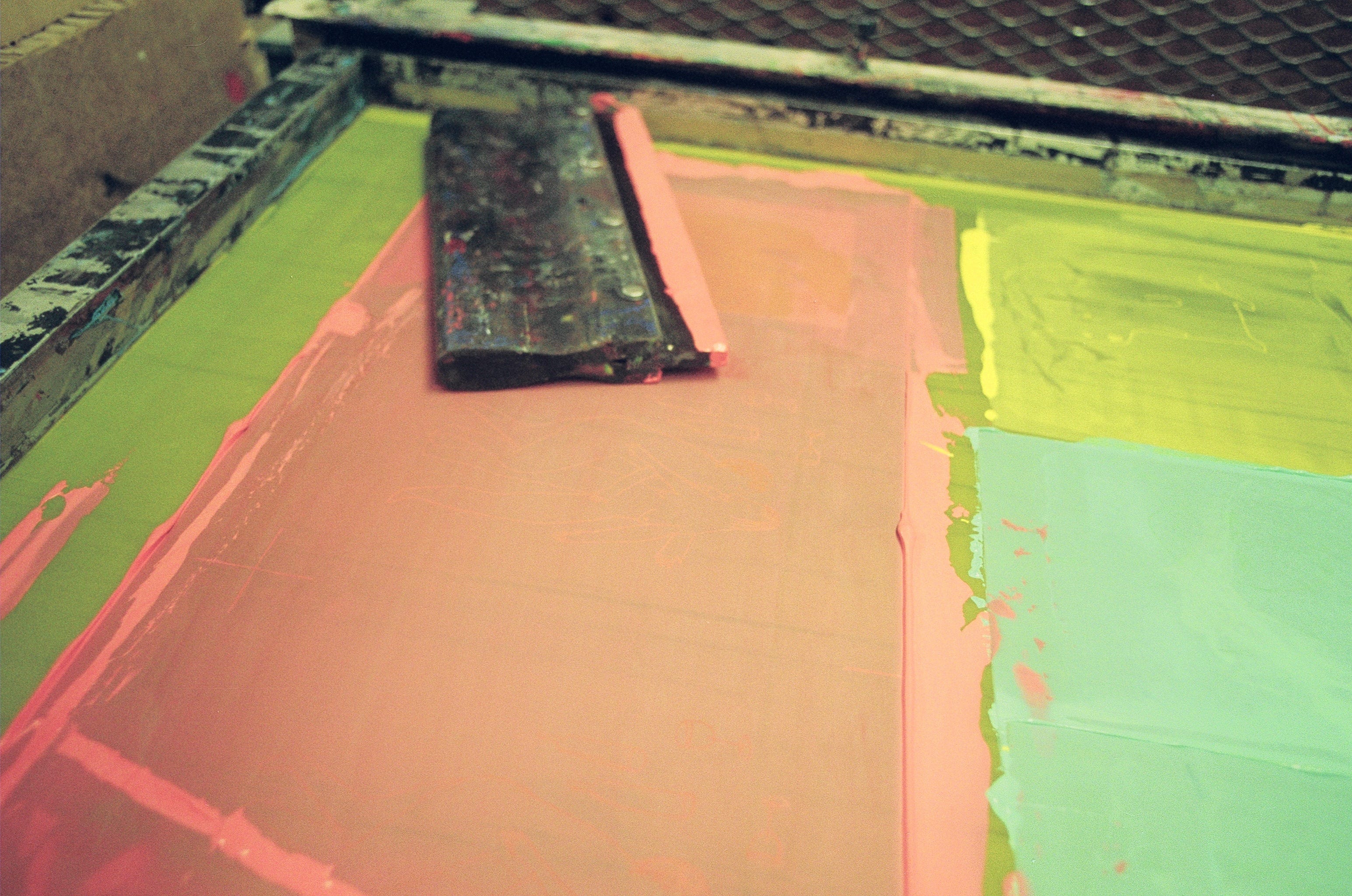Today we're covering everything you need to know about screen printed caps. Both decorators or distributors will find this guide helpful.
First things first, screen printing is defined as the act of forcing ink onto a surface through a prepared screen of fine material so as to create a picture or pattern. BELLA+CANVAS has compiled a nice "dictionary" of screen printing terms that may be helpful if you're not well versed in the art.In a recent survey conducted by ASI, 26% of respondents cited hats and headwear as popular screen printed apparel items.
Screen printing is one of the most inexpensive decoration techniques; so it should be an easy sell for anyone looking to achieve high-quality headwear at an affordable price.
Things to Consider
If you or your customers are looking for screen printed caps that are fully customizable, they will need to be completed overseas, so you can disregard this section.
Overseas, all techniques can be completed prior to assembling the cap so no additional requirements, equipment, or considerations are necessary. To see the full capabilities of our factories overseas, check out our custom catalog.
If you're ordering blank headwear from Outdoor Cap with the intention of taking them to a decorator, or if you are a decorator who is thinking about getting into screen printing, this section will be valuable.
Equipment
Not all decorators or manufacturers will have the proper equipment or attachments necessary for screen printed caps. In fact, only 56% of decorators offer screen printing at all, and they're still not guaranteed to have the additional parts required for hats.
Screen printing presses are designed for products that lay flat such as T-shirts; so specialized accessories are needed to accommodate headwear.
Panels
Six-panel hats are difficult to screen print because the screen gets caught on the seam that runs down the front center of the cap. This can affect uniformity when placing a large order as some designs may be lower or higher on the cap. Because of this, five-panel foam hats (also called trucker caps) are recommended. Our GL-455 is a good option.
Another option is to apply a screen printed patch instead of printing directly on the hat. Patches can be placed virtually anywhere including over the center seam.

The Great Debate: Push vs. Pull
A squeegee is used to either push or pull ink across the screen transferring it to the item below. There is a lot of dispute on when to use each method. So, here's our take for all you decorators out there.
Pushing is the more comfortable position of the two. It puts less pressure on the creator's wrists because the strength of the entire upper body is used to push the squeegee to the far side of the screen. If the artwork has few details or requires a large amount of ink, the push method works just fine.
Pulling is generally the better choice because the creator can adjust the angle of the squeegee thus controlling the amount of ink applied to the design. Pulling also gives the creator more control over depositing ink into detailed designs.
Each approach serves a significant purpose. Skilled creators will be well versed in both printing methods.
What other decoration techniques would you like us to cover? Let us know in the comments below. For more information, follow us on Facebook, LinkedIn, and Twitter.


